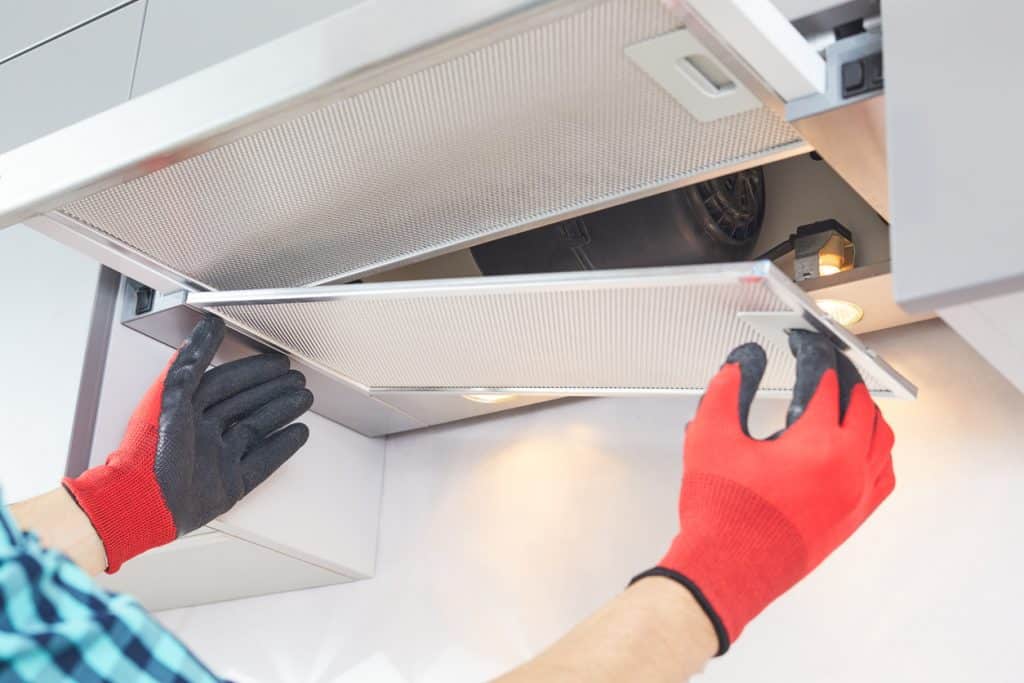Kitchens are the heart of a home, where delicious meals are prepared and memories are made. However, without proper ventilation, your kitchen can become a hot and stuffy space, leading to discomfort and potential health hazards. Inadequate ventilation can trap odors, smoke, and moisture, affecting your kitchen’s air quality and overall environment. It’s crucial to be aware of the warning signs that indicate inadequate ventilation in your kitchen because addressing these issues can improve air quality and enhance your cooking experience.
1. Lingering Odors
If you notice persistent and unpleasant odors that linger long after you’ve finished cooking, it could be a sign of inadequate ventilation in your kitchen. Proper ventilation helps to remove odors by venting them outside, but if the odors remain, it suggests that the ventilation system is not effectively eliminating them. Lingering odors can affect air quality and make your kitchen unpleasant.
2. Excessive Condensation
Another warning sign of poor ventilation in your kitchen is excessive condensation on windows, walls, or countertops. When cooking, the steam and moisture generated can accumulate without proper ventilation, leading to condensation on various surfaces. Excessive condensation promotes mold and mildew growth and can damage your kitchen fixtures and finishes.
3. Smoke Accumulation
When you cook on high heat or use oils that generate smoke, adequate ventilation is crucial to remove the smoke from your kitchen. If smoke accumulates quickly and lingers, it indicates insufficient ventilation. Smoke inhalation can harm your health; a poorly ventilated kitchen can exacerbate this issue. It’s important to have a properly functioning range hood or an exhaust fan that effectively removes smoke from the cooking area.
4. Grease Buildup
Inadequate ventilation can contribute to grease buildup on kitchen surfaces. Grease particles can become airborne when cooking and settle on countertops, cabinets, and walls. If you notice a sticky residue or greasy film on these surfaces, it suggests that your ventilation system is not effectively capturing and removing grease particles. Grease buildup not only affects the cleanliness of your kitchen, but it can also pose a fire hazard.
5. High Humidity Levels
Poor ventilation can lead to increased humidity levels in your kitchen. High humidity can create an uncomfortable environment and promote the growth of mold and mildew. If you notice excessive moisture in the air, frequent fogging of windows, or dampness on surfaces, it indicates inadequate ventilation. Proper ventilation helps to remove excess humidity, maintaining a comfortable and healthier kitchen space.
Conclusion
Recognizing the warning signs of inadequate ventilation in your kitchen is essential for maintaining a healthy and comfortable environment. Lingering odors, excessive condensation, smoke accumulation, grease buildup, and high humidity indicate insufficient kitchen ventilation. If you notice any of these signs, addressing the issue promptly is important. Installing or upgrading ventilation systems such as range hoods and exhaust fans or improving airflow can greatly improve the air quality in your kitchen, making it a more pleasant and safe place to cook and spend time in. Contact SH Renovations in Norman, OK for professional kitchen remodeling services.


